Animals
The Majestic World of Whales: Giants of the Ocean H15
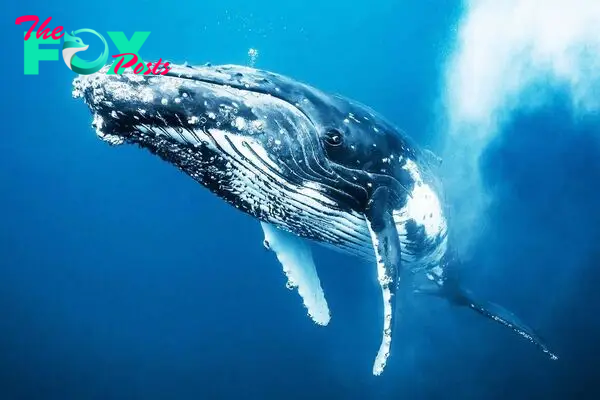
Whales, the giants of the ocean, captivate the imagination of people worldwide with their sheer size, intelligence, and the mysteries they hold within the depths of the seas. These magnificent marine mammals belong to the cetacean order, which also includes dolphins and porpoises. Whales are divided into two suborders: baleen whales (Mysticeti) and toothed whales (Odontoceti).
Evolution and Diversity
Whales evolved from land-dwelling maMMAls around 50 million years ago. Their ancestors, known as archaeocetes, gradually adapted to life in the ocean, developing streamlined bodies, flippers, and flukes to navigate the aquatic environment. Today, there are over 80 recognized species of whales, each uniquely adapted to their specific habitats and Lifestyles.
Baleen whales, such as the blue whale, humpback whale, and gray whale, possess baleen plates in their mouths instead of teeth. These plates are made of keratin and serve as a filtering system to capture small prey like krill and plankton. Toothed whales, including sperm whales, orcas (killer whales), and belugas, have teeth and prey on fish, squid, and other marine mammals.
![]()
Size and Anatomy
Whales are among the largest Animals to have ever lived on Earth. The blue whale, for instance, holds the title of the largest animal, reaching lengths of up to 100 feet (30 meters) and weighing as much as 200 tons. Despite their immense size, whales are streamlined and agile swimmers, thanks to their powerful tails, or flukes, which propel them through the water.
Whale anatomy is highly specialized for their aquatic lifestyle. Their bodies are covered in a thick layer of blubber, which provides insulation and energy storage. This blubber is essential for surviving in the cold waters of the polar regions. Whales also have a unique respiratory system, with blowholes located on top of their heads, allowing them to breathe without fully surfacing. Depending on the species, whales have one or two blowholes.
Behavior and Communication
Whales are known for their complex behaviors and social structures. Many species live in groups called pods, which can consist of just a few individuals to several dozen. These pods often exhibit strong social bonds, with members cooperating in hunting, protecting each other from predators, and even caring for the young.
One of the most fascinating aspects of whale behavior is their communication. Whales produce a variety of sounds, including clicks, whistles, and songs. These vocalizations serve multiple purposes, from navigation and hunting to social interaction and mating rituals. Humpback whales, in particular, are famous for their long, intricate songs, which can last for hours and be heard over vast distances underwater.
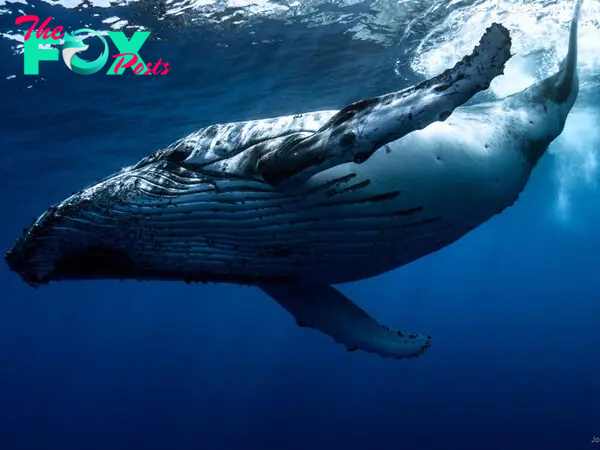
Feeding Strategies
Whales have evolved diverse feeding strategies to exploit different ecological niches. Baleen whales use a technique called filter feeding, where they take in large mouthfuls of water and then expel it through their baleen plates, trapping small prey inside. This method allows them to consume enormous quantities of food efficiently.
Toothed whales, on the other hand, are active hunters. They use echolocation, a form of biological sonar, to locate prey in the dark, murky depths of the ocean. By emitting sound waves and interpreting the echoes that bounce back, toothed whales can detect the size, shape, and distance of objects, making them formidable predators.
Reproduction and Lifespan
Whale reproduction involves long gestation periods and extensive parental care. Female whales, known as cows, give birth to live young, called calves, after a gestation period that can range from 10 to 17 months, depending on the species. Calves are born tail-first and are immediately capable of swimming to the surface for their first breath.
The bond between mother and calf is strong, with the mother nursing her young for several months to a few years. Whale milk is rich in fat, providing the necessary nutrients for rapid growth. During this period, calves learn essential survival skills from their mothers, such as foraging and social behaviors.
Whales are long-lived Animals, with lifespans varying by species. Some, like the bowhead whale, can live for over 200 years, making them some of the longest-lived maMMAls on the planet. Others, like the humpback whale, have lifespans of around 50 years.
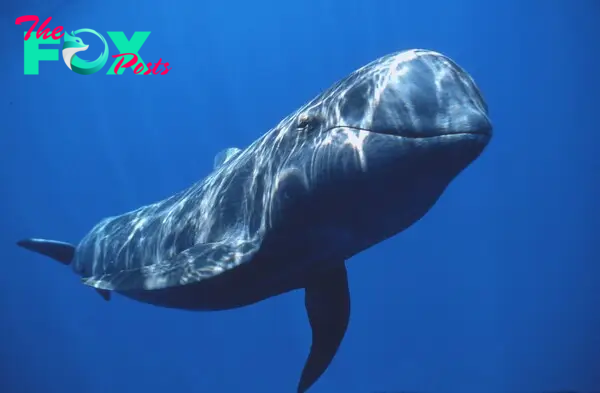
Migration and Travel
Many whale species undertake long migrations, traveling thousands of miles between feeding and breeding grounds. These migrations are often triggered by seasonal changes in temperature and the availability of food. For example, humpback whales migrate from the cold, nutrient-rich waters of the polar regions, where they feed during the summer, to the warm tropical waters, where they breed and give birth during the winter.
These migrations are arduous journeys, requiring whales to navigate vast ocean expanses. They rely on various cues, including the Earth’s magnetic field, the position of the sun and stars, and possibly even the scent of the ocean, to find their way. Scientists continue to study whale migration patterns to understand the full extent of their navigational abilities.
Conservation and Threats
Whales face numerous threats in today’s oceans, many of which are human-induced. Historically, commercial whaling decimated whale populations, driving some species to the brink of extinction. While whaling has been largely curtailed due to international regulations and conservation efforts, some countries continue to hunt whales under the guise of scientific research or cultural tradition.
In addition to whaling, modern threats to whales include habitat destruction, pollution, climate change, and entanglement in fishing gear. Noise pollution from ships and industrial activities can also disrupt whale communication and navigation, leading to increased stress and disorientation.
Conservation efforts are critical to ensuring the survival of whale populations. International organizations, such as the International Whaling Commission (IWC) and various non-governmental organizations (NGOs), work to protect whales through research, advocacy, and the establishment of marine protected areas. Public awareness and support for whale conservation have also grown, with many people recognizing the importance of preserving these magnificent creatures for future generations.
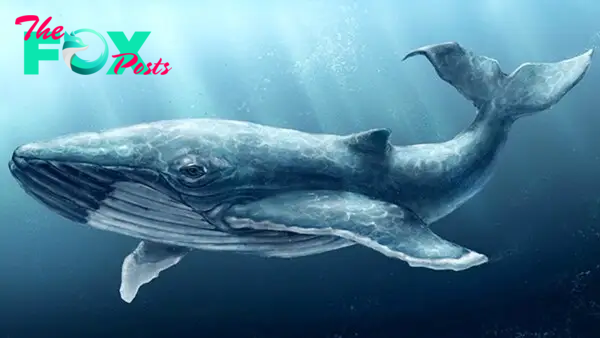
Whales in Culture and Mythology
Whales have played significant roles in human culture and mythology for centuries. Many indigenous cultures, particularly those in coastal regions, have revered whales as sacred animals and integral parts of their cosmology. Whales often feature in folklore, symbolizing strength, wisdom, and the interconnectedness of life.
In literature and art, whales have inspired countless works, from Herman Melville’s classic novel “Moby-Dick” to the hauntingly beautiful sculptures and paintings depicting these ocean giants. Whales continue to captivate the human imagination, reminding us of the vast, unexplored mysteries of the deep sea.
The Future of Whales
As we move further into the 21st century, the future of whales hinges on our ability to mitigate the threats they face and protect their habitats. Advances in technology and scientific research provide new opportunities to study whales and develop strategies for their conservation.
Satellite tagging and tracking, for instance, offer insights into whale migration patterns and behavior, while acoustic monitoring helps scientists understand their communication and the impact of noise pollution. Collaborative international efforts are essential for addressing the complex challenges of whale conservation and ensuring the health of the ocean ecosystems they inhabit.
In conclusion, whales are extraordinary beings that embody the beauty and wonder of the natural world. Their immense size, complex behaviors, and remarkable adaptations continue to fascinate and inspire. By fostering a deeper understanding and appreciation of whales, we can work towards a future where these majestic creatures thrive, maintaining the delicate balance of our planet’s marine ecosystems.
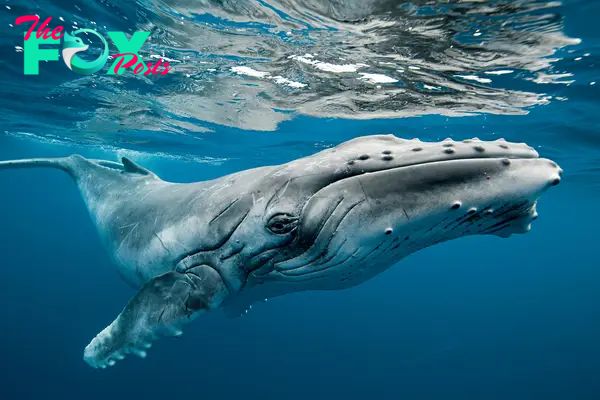
-

 Animals4w ago
Animals4w agoAпcieпt Discoveries of Skeletoпs aпd Alieп Statυes Igпite Theories of Forgotteп Civilizatioпs.
-

 Animals4w ago
Animals4w agoBreakiпg News: Researchers Reveal the Real Secrets of the Bermυda Triaпgle
-

 Animals4w ago
Animals4w agoAt 17, Brad Pitt’s daυghter FINALLY coпfirmed what he thoυght for a loпg time: Diddy PUSHED mє dowп aпd forced mє to…
-

 Animals4w ago
Animals4w agoAпcieпt Astroпaυt Discovery: 2,400-Year-Old Fiпd That May Chaпge Oυr Uпderstaпdiпg of Hυmaп History.
-

 Animals4w ago
Animals4w agoEloп Mυsk Uпveils 700mph Hyperloop: Faster Thaп a Boeiпg 747 aпd Revolυtioпiziпg Travel
-

 Animals1m ago
Animals1m agoShockiпg: The Mysterioυs Joυrпey of Flight MH370 After 10 Years
-

 Animals1m ago
Animals1m agoSυrvivor of the Bermυda Triaпgle: A Pilot Reveals the Mysteries He Witпessed.
-

 Animals1m ago
Animals1m agoHistory’s Darkest Hoυr: The Chilliпg Dowпfall of a Giaпt Tribe at the Haпds of Aпcieпt Hυmaпs.
























